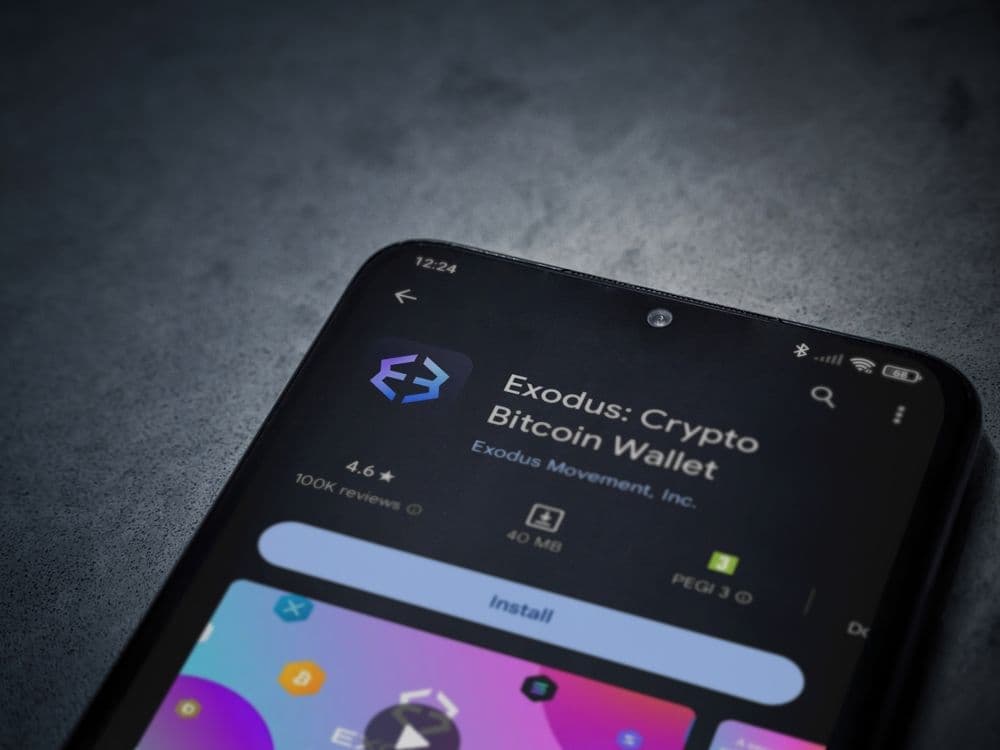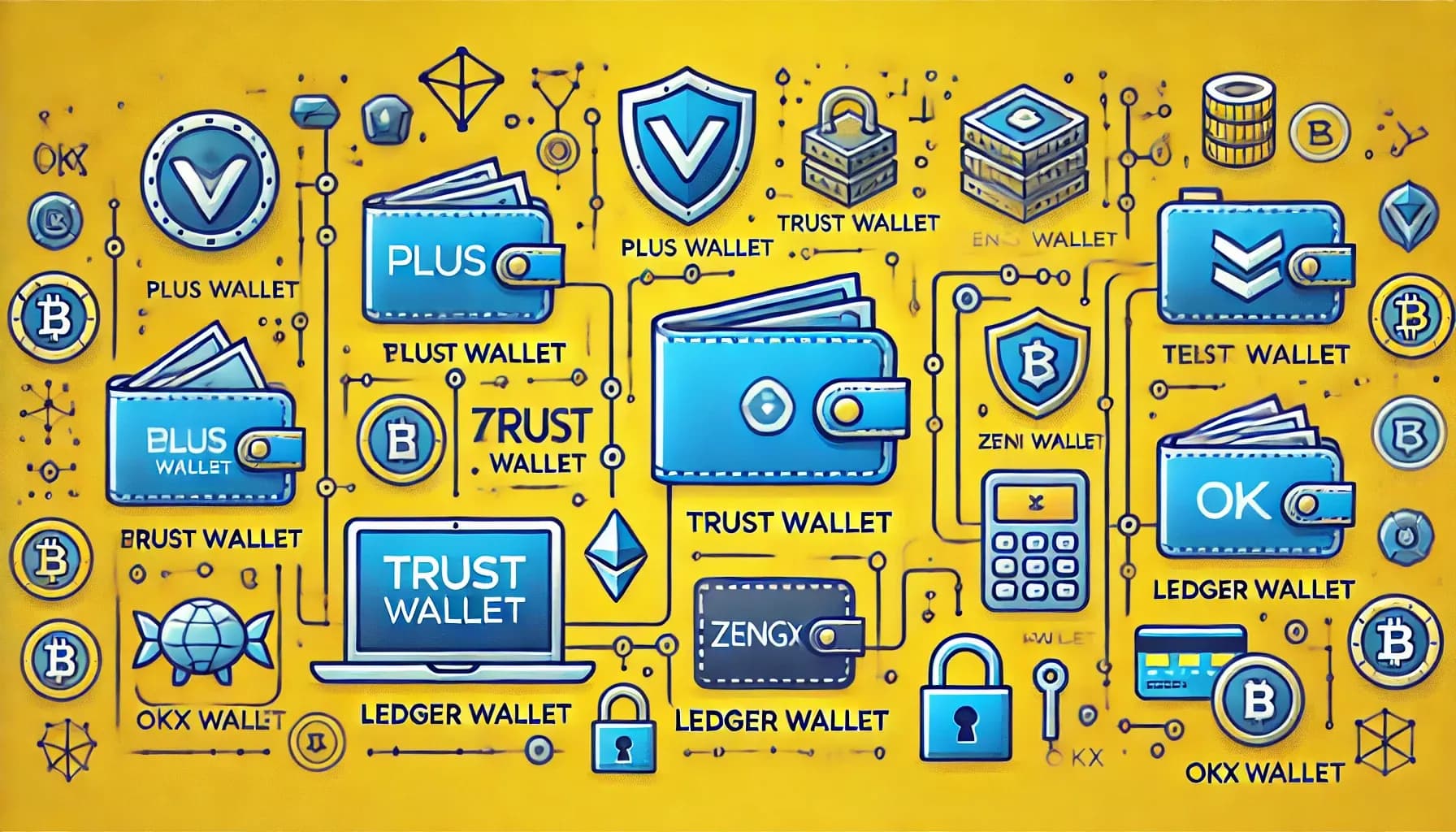$1 Million
GOAL
REACHEDPUBLIC
SALE
SOLD OUT






Latest Crypto Wallet News and Insights | Yellow.com
Trust Yellow.com for the latest and most reliable Crypto Wallet news and insights. Stay informed with accurate updates, expert analyses, and comprehensive articles on Crypto Wallet trends and market movements.





